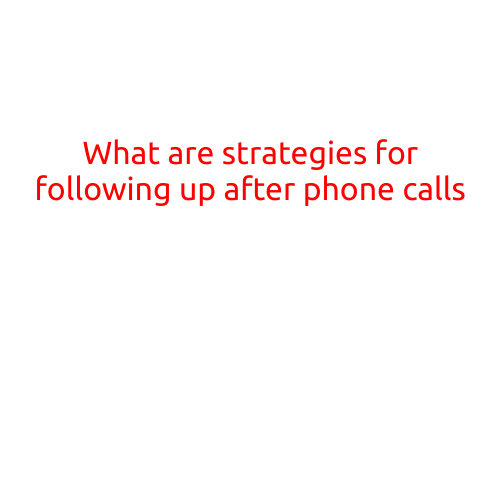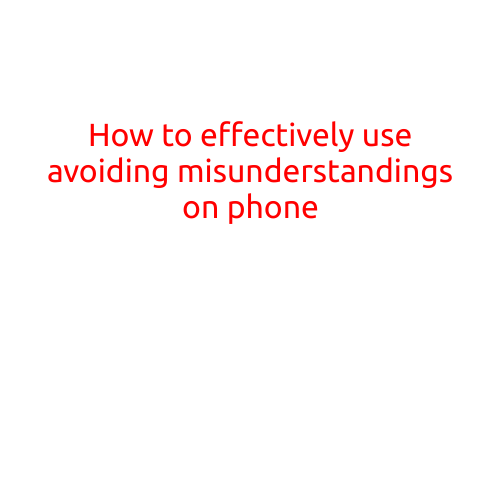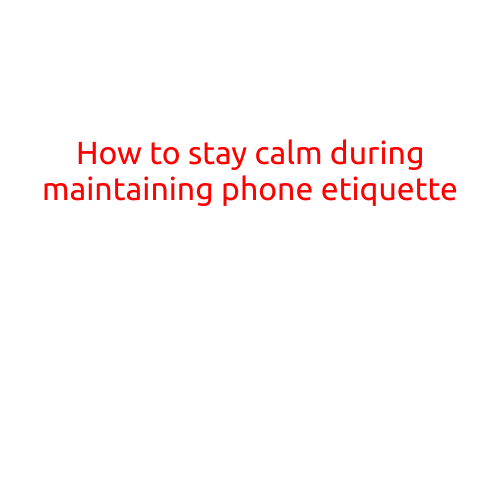
What are Strategies for Following Up After Phone Calls?
Phone calls are an essential part of many businesses, especially those in sales, marketing, and customer service. However, making a phone call is only half the battle. The real challenge lies in following up on those calls to nurture leads, close deals, and build lasting relationships. In this article, we’ll explore the most effective strategies for following up after phone calls.
1. Send a Thank-You Note
Within 24 hours of a successful phone call, send a brief email or note to thank the person for their time. This small gesture shows that you value their attention and are serious about moving forward. Use this opportunity to reiterate any agreements or discussions that took place during the call, and ask if there’s anything else the person would like to discuss.
2. Prepare a Summary Report
After a longer or more complex call, create a summary report outlining the key points discussed. This document should include action items, next steps, and any follow-up tasks you’ve assigned to yourself or others. Share the report with the person you spoke with, and use it as a starting point for your next conversation.
3. Set a Follow-Up Call
Schedule a follow-up call to check in on progress, provide additional information, or answer new questions. Be specific about the purpose of the call, and provide a clear agenda to ensure both parties know what to expect. This follow-up call can help keep the conversation moving forward and prevent it from stalls.
4. Use Email to Send Materials
After a call, use email to send any materials you discussed during the conversation. This could include documents, videos, or links to relevant resources. By sending these materials in a timely manner, you can help the person you spoke with better understand your proposition or solution.
5. Make it Personal
Personalize your follow-up communications by referencing specific points or interests discussed during the call. This shows that you’re invested in the person and their needs, rather than just trying to make a sell. Use their name, and address them directly to build a rapport and establish a connection.
6. Track Progress and Update Your CRM
Keep track of your follow-up activities by updating your customer relationship management (CRM) system. Record any new information, next steps, or decision dates to ensure that you’re on the same page as the person you spoke with. This will also help you identify patterns and trends in your follow-up activities.
7. Be Proactive and Anticipate Objections
Anticipate potential objections or concerns that may arise during your follow-up conversations. Prepare thoughtful responses or solutions to address these issues, and be willing to adapt your approach as needed. This demonstration of proactive thinking can help build trust and credibility with the person you’re speaking with.
8. Use Social Media to Add Value
In addition to follow-up calls and emails, use social media to provide value and build your relationship. Share relevant content, offer industry insights, or simply engage with the person you spoke with on social media. This can help keep your name top of mind and demonstrate your expertise.
9. Escalate to a Decision-Maker
If necessary, escalate your follow-up efforts to a decision-maker or key influencer. This could involve reaching out to someone else in the organization who has the authority to make a decision or provide guidance.
10. Continuously Refine Your Approach
Finally, continuously refine your follow-up approach based on feedback and results. Identify what works and what doesn’t, and make adjustments accordingly. By iterating and improving your follow-up strategy, you can maximize the impact of your phone calls and achieve greater success.
By implementing these strategies, you can ensure that your follow-up efforts are effective, efficient, and focused on building lasting relationships. Remember to be proactive, personalized, and persistent in your follow-up approach, and you’ll be well on your way to closing more deals and driving greater revenue.





